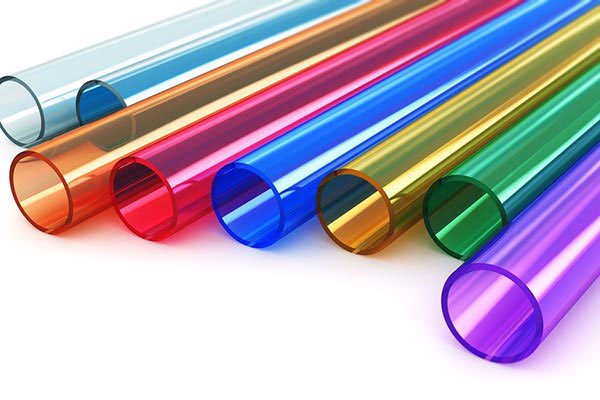Vacuum molding is a reliable and flexible
process of casting commonly used to manufacture industrial and prototype parts.
A high-quality master model is required in this process which can be a manufactured
sample of the industrial part itself or a dummy-like model created using
stereo-lithography. The manufacturers make sure that the master model is made
perfect in looks and dimensions so that after completing the process, the
manufacturer would get the perfectly manufactured industrial part.
The process also requires silicon and rubber
based mold which is divided into two parts in which the master model is
encapsulated and heated at a very high temperature, this also purifies the
model. Once it’s completely heated, the upper part of the mold is cut opened
and one can easily see a hollow area in the center which completely matches
with master model’s dimensions. Now comes the role of the vacuum chamber in
which the mold is placed and the hollow center is filled with a specifically
decided material.
The material which is used to fill the mold
is mostly a polyurethane resin to get some of the specific industrial
material’s characteristics such as polycarbonate, glass-filled nylon, and
high-density polyethylene. To achieve some aesthetic and functional properties,
this resin is sometimes mixed with a coloring pigment or metallic powder.

After filling the resin, the mold is sealed
inside a vacuum chamber to prevent any air bubble to form which can majorly
ruin the finally finished product. Later, the resin is heated in a heating
mechanism such as an oven and the mold is detached very carefully in order to
use
it again to manufacture more of such parts
following the master model. Once it is taken out, the part is modified with
paints and finishing or decorated according to the requirements mentioned by
the client.
There are several benefits of the process which
are majorly obtained by all vacuum
casting services depending on the application requirements
and parts production. Vacuum casting offers a great level of accuracy of
reproducing the parts and their finishing using the same model. A wide variety
of colors can be added to the product in the vacuum chamber along with the
resin to manufacture the required part or product in any specifically desired
color. Certain powders such as aluminum, bronze, gold or marble can be mixed
with the prepared resin in order to achieve different finishes. It is also no
much expensive to mix these powders they would only be applied to the surface
of the part/prototype or product. Vacuum casting can be considered as an
economical option if compared to injection molding process which increases the
cost due to tooling.
There are many vacuum
casting services in China which apply
this technique to manufacture a variety of parts and products such as making of
plastic based prototype products for industrial use or the making of consumer
goods. This costing is also widely used worldwide to make prosthetic and
medical devices, aerospace and automotive spare parts, function testing and
part integration and many decorative objects such as customized ornaments and
wall plaques.
















